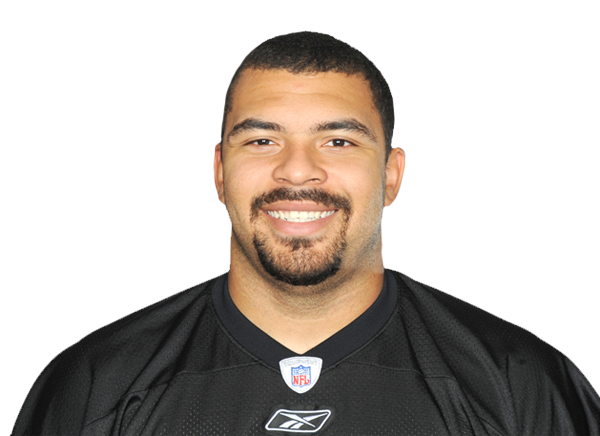The Pittsburgh Steelers originally started looking for their defensive line of the future in 2009 draft, after an impressive Super Bowl run by the defensive unit, even though they still had Aaron Smith and Brett Keisel playing at a high level.
They used their 32nd overall pick that season to draft Ziggy Hood, who would eventually take over for Smith through injuries, and then finally retirement, only to see him go off to another team following his rookie contract.
By then, it was clear that he never quite fit the mold that the Steelers were looking for in their 3-4 ends, and that it was time to move on.
Fortunately, the team never stopped their search, and used another first-round draft pick two seasons later—the 31st overall, as a result of a loss in the Super Bowl—to draft another defensive end, Cameron Heyward.
While it took Heyward a bit of time to develop, he began to come into his own last season, in his third year in the system, and he took over a starting spot after the fourth game of the season, in large part due to his superior pass rushing skills.
As the season progressed, so did his discipline within the defense, as well as his confidence, and ownership over the defensive line. During the offseason, he slowly and quietly became the leader of the group as the rest of the linemen were signed away.
Of course, Keisel did eventually come back, and the two provided a sense of leadership together, but it has been clear all season who the dominant player of the group is now, and that is the fourth-year Heyward.
If 2013 wasn’t a breakout season for him, than 2014 has been. With his 7.5 sacks, Heyward became the first defensive lineman to lead the Steelers in sacks since 2004, when Smith did it with a career-high eight sacks, which he also did three years earlier. Smith never passed 5.5 sacks in any other year of his career, however.
If there was any doubt before, then certainly after this regular season, and down the home stretch, Heyward has proven himself to be part of the nucleus, and one of the key building blocks, of whatever this defense will eventually come to be one it’s on the other side of this transitional period.
The other players on the defense, younger and older, all take inspiration from his on-field play, particularly his relentless motor, swinging down backs from behind by their jerseys and routinely making tackles well down the field where a defensive end shouldn’t be.
Who better to model your game after if you’re a young player than Heyward? No doubt that thought crossed the minds of the coaches when they drafted Stephon Tuitt, the young college junior, in the second round, knowing that he would have all of the on-field learning experiences he would require while serving as his book end. Had the run defense as a whole played better this season, I wouldn’t have been surprised to hear his name mentioned for the Pro Bowl.








